This post looks at the restoration of Bengaluru’s lakes, that are under a lot of environmental stress due to the city’s fast industrialisation and urbanisation. The degradation of these water bodies threatens both water quality and the biodiversity they sustain. In order to overcome these obstacles, a thorough grasp of the problems plaguing the lakes and the essential actions required for their continued preservation and revival is essential.
The State of Bengaluru’s Lakes
The current condition of Bengaluru’s lakes is a cause for concern. Once robust ecosystems surrounded by lush foliage, they are today struggling under a variety of environmental stresses. A large amount of the city’s untreated sewage flows directly into these lakes, significantly raising pollution levels. According to the study done by IISc researchers 53% of 40 repaired lakes still had low water quality. This decline has major implications for aquatic life and public health1.
Urbanisation has worsened the situation. Many lakes have been artificially filled or significantly decreased as a result of rapid development. Of the city’s 1,547 lakes, which cover 57,932 acres in both urban and rural districts, 10,785 acres have been encroached upon by government and commercial institutions2. Residential and commercial buildings now take up considerable areas of these natural habitats, limiting their ability to retain water and maintain biodiversity.
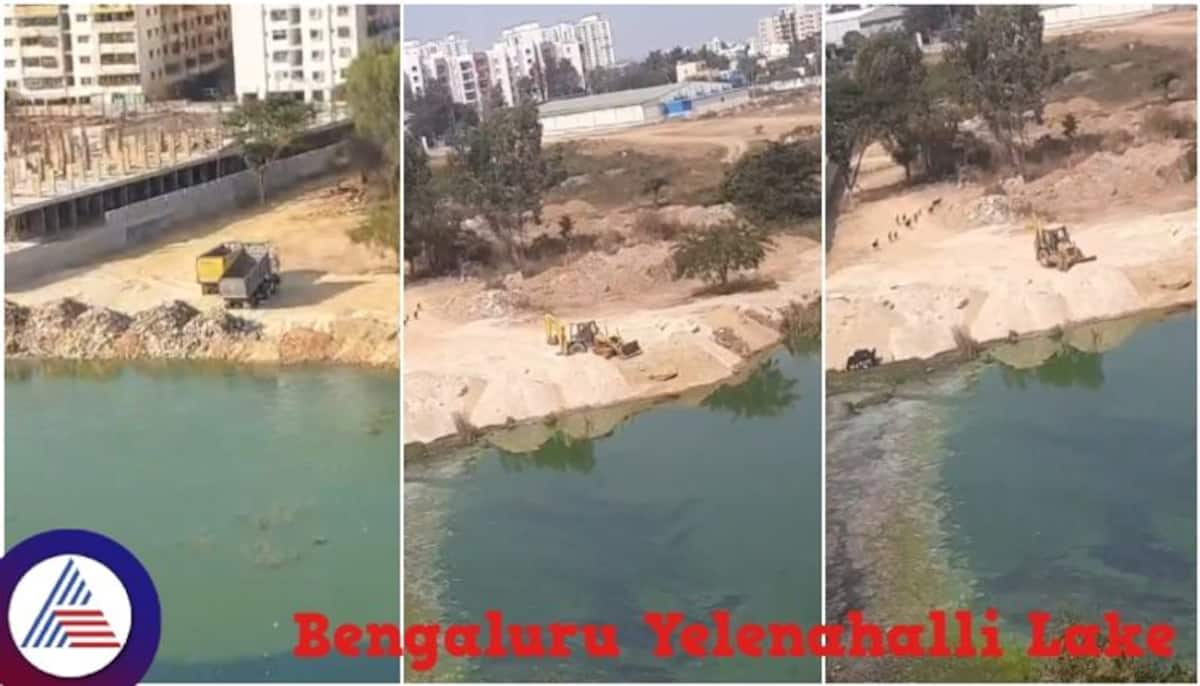
Addressing Lake Degradation
Despite their critical role in ecological health and community well-being, lakes are under constant threat . Here’s a detailed look at some key reasons causing lake degradation:
● Encroachment: As cities grow, lakes are often filled or encroached upon, limiting their size and capacity to hold water. This loss not only affects water storage, but it also reduces habitats for aquatic and avian species, leading to a decline in biodiversity. For example, studies show that Bengaluru has lost almost 45% of its lake area to encroachment in recent decades, jeopardising both water security and ecological balance.
● Effluent Inflow: Lakes are susceptible to a wide range of pollutants, influenced by the land use surrounding them:
- Urban Areas: Sewage inflow increases nutrient levels, resulting in eutrophication, algal blooms, and oxygen deprivation. Phosphates, surfactants, and heavy metals are commonly found in household detergents. In Bengaluru, for example, lakes absorb up to 40% of the city’s untreated sewage, resulting in dangerously high pollution levels. In addition to sewage, metropolitan areas emit microplastics and persistent organic pollutants (POPs) from common household items such as shampoos, soaps, and detergents. These hazardous compounds build up in lake ecosystems, posing severe dangers to aquatic life.
- Rural Areas: Fertiliser runoff introduces nitrates and phosphates, degrading water quality and disrupting aquatic habitats.
- Industrial Zones- Effluents from industrial zones can contain heavy metals and harmful compounds, which build in lake sediment and pose major threats to aquatic life and human health. According to studies, heavy metal concentrations in urban lakes near industrial zones might be up to 50 times greater than permissible levels.
● Siltation: Sediment from neighbouring places can accumulate in lakes, limiting their depth and capacity to contain water. This accumulation reduces the lake’s ability to control floods and can result in excessive sediment buildup, especially in monsoon-prone areas.
● Bund Damage: The protective bunds or walls surrounding lakes can deteriorate over time due to natural erosion or inadequate maintenance. During heavy rainfall, weakened bunds are at a heightened risk of breaching, which can result in severe downstream flooding. For instance, on October 2024, the compromised bunds around Doddabommasandra Lake (covering 39.10 acres) breached, inundating residential areas like Tata Nagar, Bhadrappa Layout, and Balaji Layout. This breach also caused waterlogging on the Outer Ring Road between BEL Circle and Hebbal Flyover, leading to significant traffic jams along both the Outer Ring Road and National Highway 48 at Goraguntepalya. A similar example can be seen in the image below.

Key Benefits of Lake
Lakes offer a range of essential benefits that extend beyond their natural beauty. The following figure lists out some essential benefits of a lake.
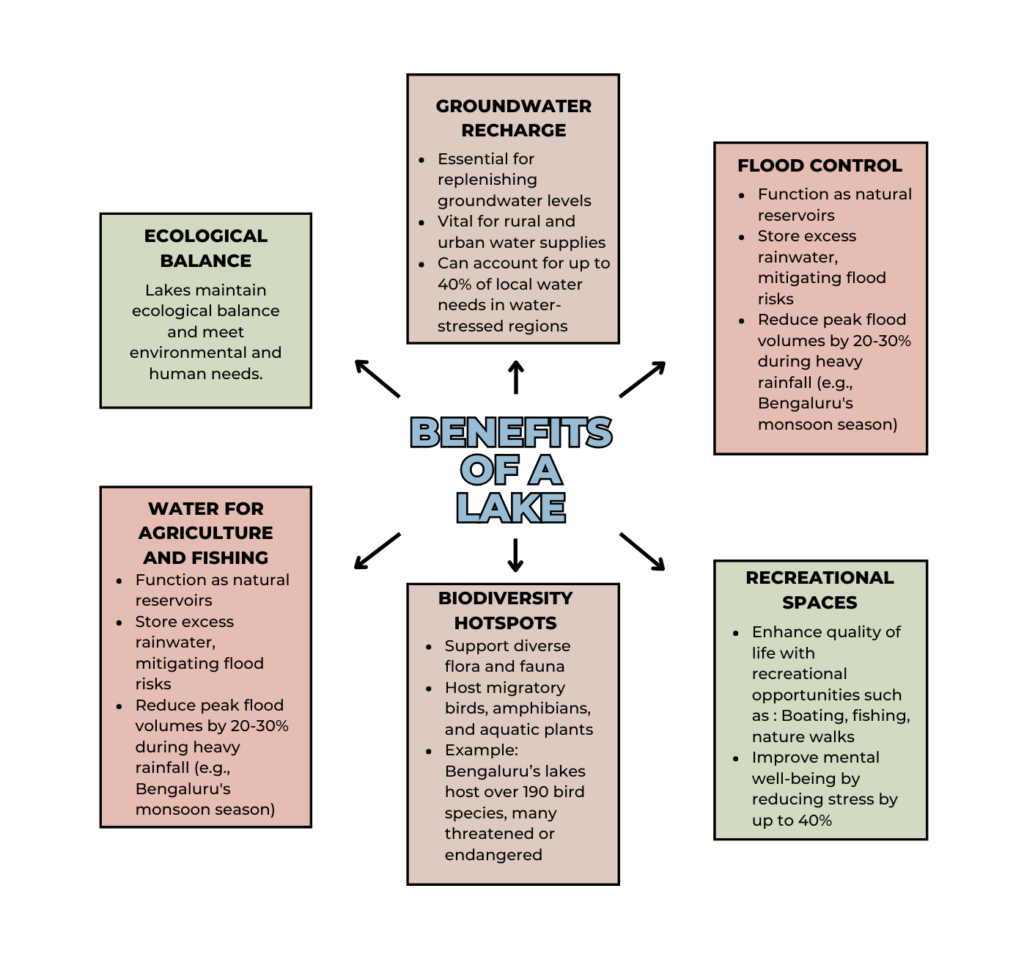
Why We Must Restore Our Lakes
This issue goes beyond environmental problems and poses a severe socioeconomic challenge. Thus, restoring Bengaluru’s lakes is not only vital, but also necessary. To properly handle the various difficulties they face, it requires a comprehensive strategy that takes into account both environmental and socioeconomic variables.
Lake restoration is greatly influenced by the unique context in which each lake occurs. The lakes can be classified as urban or rural, with each having a distinct role and set of constraints that influence their restoration requirements.
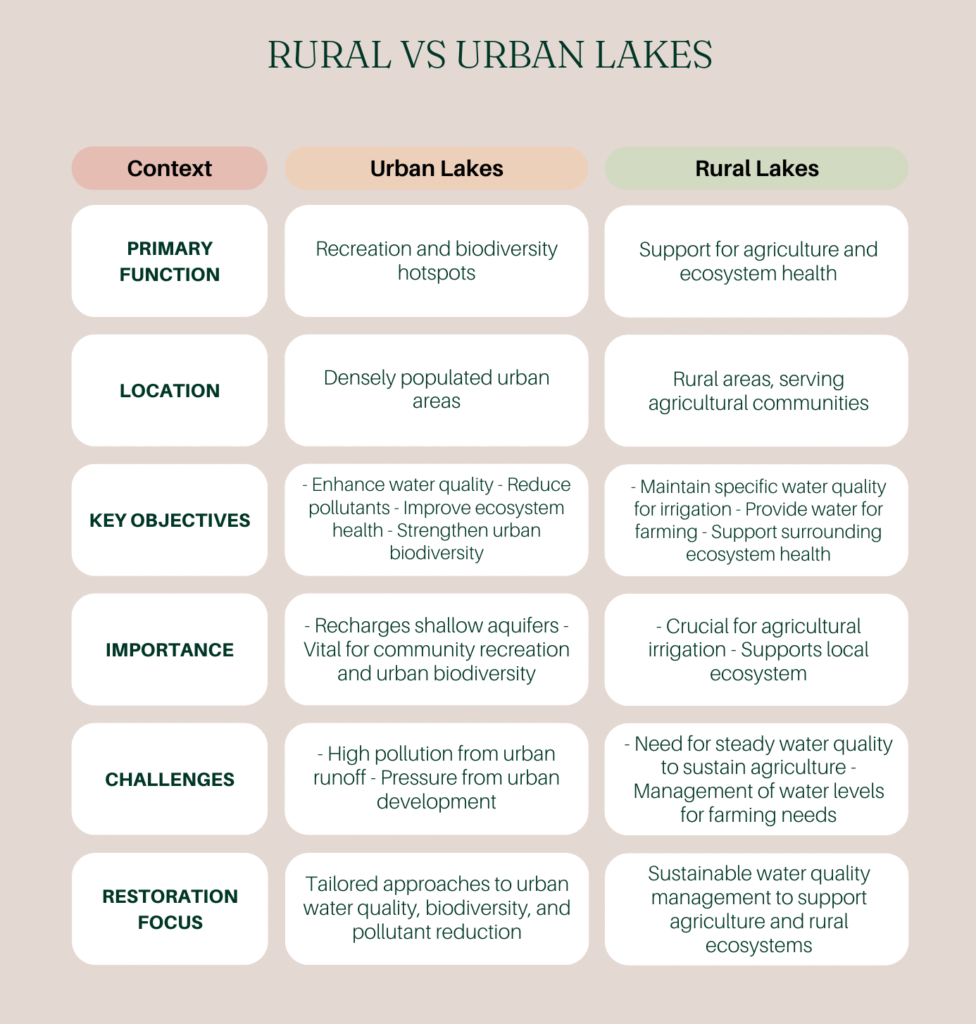
Understanding Lake Restoration
Lake restoration approaches fall into two main categories: use-oriented and goal-oriented strategies. Use-oriented restoration focuses on adapting the lake’s functions for specific human needs, such as recreational use, agriculture, or drinking water. Think of it as managing a shared community fund, where resources are allocated based on diverse, sometimes competing, immediate needs. This approach involves balancing multiple objectives and requires flexible decision-making to address the varying priorities of stakeholders.
On the other hand, goal-oriented restoration aims to restore the lake’s ecosystem holistically, prioritizing natural biodiversity and ecological resilience. This approach is more like making a long-term investment or creating a savings plan focused on one major goal—ecological health. Here, the restoration work is specific and purpose-driven, prioritizing sustainability and stability for future generations over immediate utility.
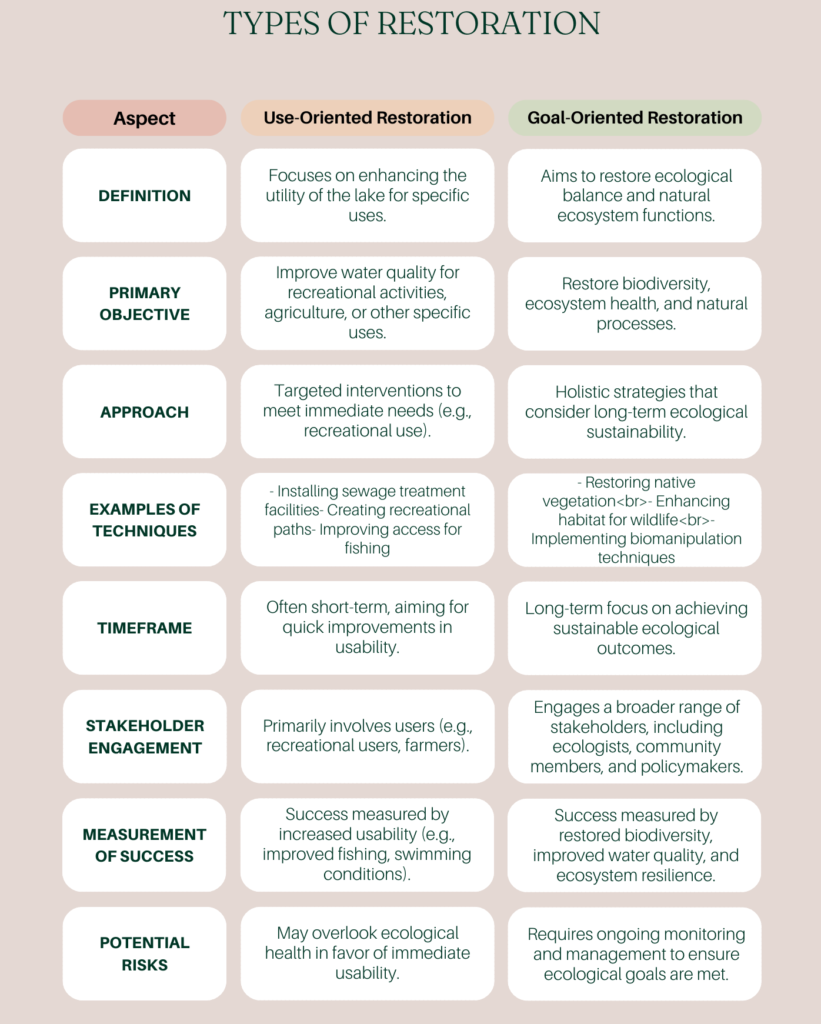
Based on the required intervention for the lake, various policies and strategies are implemented for the restoration of the lake. As we investigate various strategies, it becomes clear how each connects with the city’s specific environmental and community needs. However, while quick, one-time interventions may appeal to politicians and lake managers seeking immediate improvements in water quality, it is critical to recognise that expecting a lake to “sustain itself” without ongoing attention and care is unrealistic—especially when it continues to receive elevated levels of nutrients from external sources.
Therefore, the selection of a restoration strategy should be customized to local conditions. Conducting a comprehensive system analysis is vital, encompassing both limnological assessments (which explore the lake’s physical, chemical, and biological characteristics) and socio-economic considerations. This holistic approach highlights that successful lake restoration is not merely a one-time endeavor; it requires a well-considered, longterm plan to ensure the lake remains healthy and functional over the long term.
Crafting Effective Restoration Strategies
The successful restoration of a lake is dependent on a thorough understanding of the underlying causes of degradation. A well-executed restoration project includes the following steps:
- Assessment and Analysis: The first phase of lake restoration is a thorough assessment of the lake’s current condition. This includes testing the water quality, analysing the sediment, and surveying the surrounding land use. This diagnostic approach is critical for determining the root reasons of degradation, whether pollution, encroachment or structural concerns.
- Customized Restoration Approach: Based on the assessment findings, a tailored restoration plan is developed to address the unique challenges each lake faces. For example:
- If encroachment is identified as the primary issue, legal actions may be necessary to reclaim lake boundaries and enhance surrounding green spaces.
- If pollution is the predominant concern, implementing sewage treatment facilities, runoff barriers, or chemical-neutralizing agents can effectively mitigate contamination.
- In cases where siltation is significant, dredging may be required to remove accumulated sediment and restore the lake’s water-holding capacity.
- For maintaining bunds, periodic inspections and reinforcements are essential to prevent overflow and minimize flood-related damage.
Lake Restoration and Rejuvenation Methods
Lake restoration involves a variety of methods aimed at rejuvenating lake ecosystems and enhancing their functionality. The following image highlights some common approaches used to restore and maintain healthy lake environments.
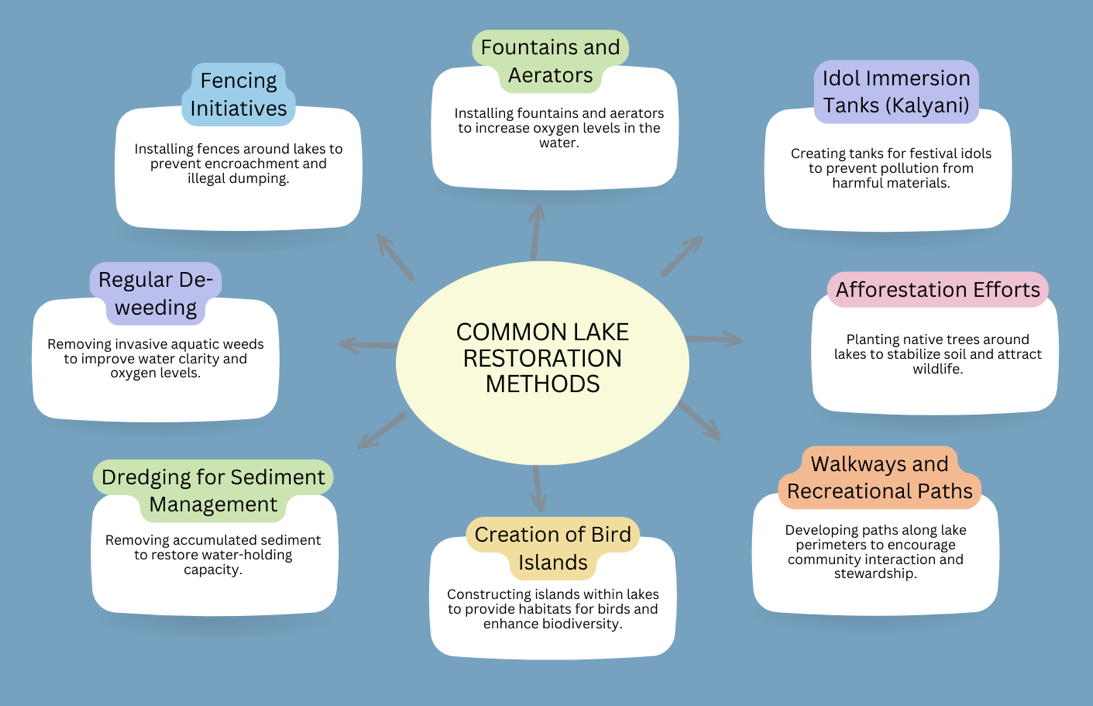
Advanced Techniques for Restoration
In addition to basic restoration methods, advanced techniques include:
Sewage Treatment Solutions
Untreated sewage is a major contributor to lake pollution, especially in urban areas. Establishing Sewage Treatment Plants (STPs) before wastewater enters lakes significantly reduces the inflow of nutrients, minimizing the risk of eutrophication. In Bengaluru, treated sewage is often passed through constructed wetlands
Wastewater Treatment Alternatives:
Traditional wastewater treatment methods are evolving to incorporate sustainable solutions focused on nutrient removal, which is crucial for preventing eutrophication.
Biological treatment is a crucial part of wastewater management, commonly referred to as the Secondary Treatment stage. This method removes contaminants left after primary treatment, primarily relying on microorganisms rather than chemicals. These microorganisms, including bacteria, algae, and fungi, break down unstable organic waste into stable inorganic forms, effectively purifying the water. Biological treatment is broadly divided into two main types:
- Biological Aerobic Treatment (requires oxygen)
- Biological Anaerobic Treatment (occurs in the absence of oxygen)
1. Biological Aerobic Treatment
Aerobic treatment processes rely on oxygen to promote rapid and efficient decomposition of organic pollutants, removing up to 98% of contaminants. Several methods fall under aerobic treatment, with the Activated Sludge Process being the most common due to its efficiency and compact design. In this process, wastewater is aerated in a tank, encouraging microbial growth that breaks down pollutants. The treated sludge is then separated in a clarifier, resulting in high-quality effluent.
Other aerobic methods include:
- Trickling Filters: Used to remove compounds like ammonia through a filtering process.
- Aerated Lagoons: Large ponds with mechanical aeration that support biological oxidation.
- Oxidation Ponds: Low-cost, slower treatment ponds that use bacteria and algae to degrade organic matter.
2. Biological Anaerobic Treatment
Anaerobic treatment works without oxygen and is suitable for high-strength wastewater. It produces less sludge than aerobic methods and generates biogas, primarily methane and carbon dioxide, as a byproduct. Anaerobic digestion is often used to treat sludge in wastewater plants, reducing waste volume and generating energy in the form of biogas.
Understanding the Treatment Flow Diagram
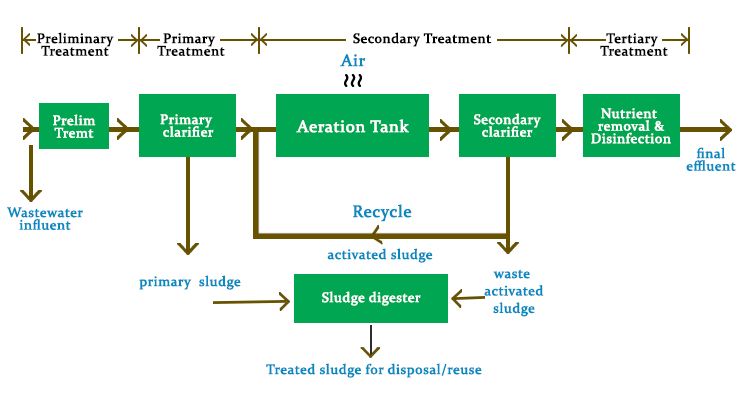
- Preliminary Treatment: Wastewater influent enters the system and undergoes basic treatment to remove large particles.
- Primary Treatment: The water then flows into a Primary Clarifier, where solid sludge settles and is separated.
- Aeration Tank: In this secondary treatment stage, air is pumped in to maintain oxygen levels, encouraging microorganisms to break down organic pollutants.
- Secondary Clarifier: The microbial mass, known as activated sludge, is separated here. Some of this activated sludge is recycled back into the aeration tank to maintain microbial levels.
- Sludge Digester: The primary and waste activated sludge are sent here for further treatment, converting it into treated sludge suitable for disposal or reuse.
- Tertiary Treatment: The final effluent undergoes nutrient removal and disinfection, making it safe for release or potential reuse.
This flow process is designed to maximize contaminant removal while generating treated sludge that can be safely managed or repurposed.
3. Removal of Surface Sediment:
In eutrophic lakes, removing nutrient-rich surface sediments or capping them with inert materials can effectively mitigate pollutant accumulation. This approach not only improves water quality but also reduces the spread of invasive aquatic plants that thrive in nutrient-rich environments.
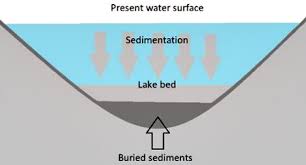
4. Hypolimnetic Withdrawal:
It’s a technique used to restore lake ecosystems by extracting water from the lake’s bottom layers, known as the hypolimnion. The hypolimnion is the deeper, colder part of a lake, which typically remains isolated from the surface water. This area is often anoxic, meaning it lacks dissolved oxygen, creating a low-oxygen environment. Because of this, the hypolimnion can accumulate harmful substances like phosphorus, ammonia, and heavy metals, which can negatively affect water quality and promote harmful algal blooms.
By withdrawing this nutrient-rich, anoxic water from the bottom of the lake, hypolimnetic withdrawal reduces the concentration of these pollutants, improving water quality and preventing further nutrient build up. This process can help restore the overall health of the lake and improve conditions for aquatic life.
5. Phosphorus Flocculation:
Adding coagulants to the water can aggregate phosphorus particles, facilitating their removal and lowering the risk of harmful algal blooms. This method is essential for maintaining balanced nutrient levels, especially in lakes with high phosphorus concentrations.
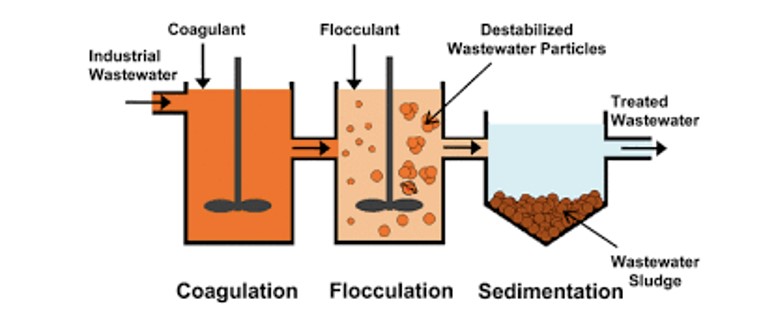
6. Water Circulation and Aeration:
Implementing water circulation techniques disrupts stratification, minimizing anaerobic conditions that can lead to the accumulation of pollutants. Aeration helps to reduce nutrient retention time in the water, supporting a healthier lake ecosystem by preventing nutrient build-up.
7. Wetland Utilization:
Integrating constructed wetlands into lake restoration projects enhances water quality and biodiversity. These wetlands naturally filter contaminants and provide essential habitats for various aquatic species, promoting a balanced ecosystem.
8. Biological Control and Biomanipulation:
Employing natural predators to manage invasive species or manipulating fish populations to encourage the presence of algae-eating organisms can help restore ecological balance. For example, reducing the populations of fish that feed on zooplankton allows larger zooplankton populations to thrive, which in turn helps control algae levels and improves water clarity.
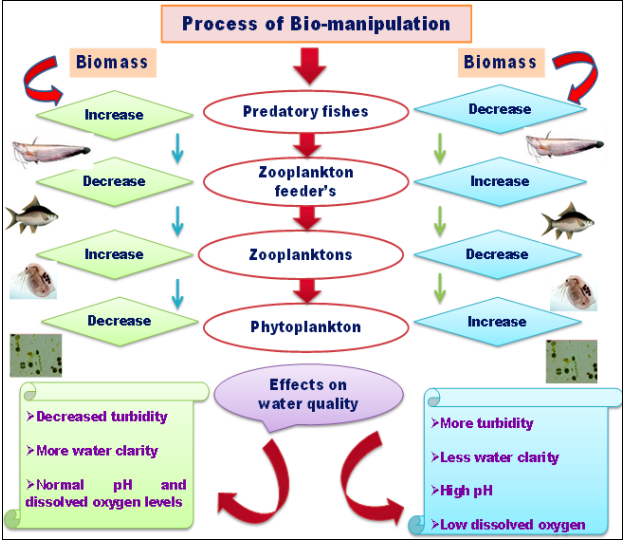
The main components of biomanipulation include: (1) Fish, where planktivorous fish populations are controlled to increase zooplankton biomass, and filter-feeders like certain mussels may be introduced to reduce algae; (2) Zooplankton, such as Daphnia, which play a critical role in grazing on phytoplankton and controlling algal blooms; and (3) Macrophytes (aquatic plants), which stabilize sediment, limit nutrient resuspension, and create refuges for zooplankton, further suppressing algae growth. Biomanipulation is a low-cost, effective strategy with minimal chemical use, making it an increasingly popular choice for restoring lake ecosystems.
Case Studies of Successful Restoration
Several lakes around the world and in Bengaluru have seen successful restoration efforts:
Jakkur Lake, Bengaluru, Karnataka, India
Location- 13°05’13.0″N 77°36’39.7″E
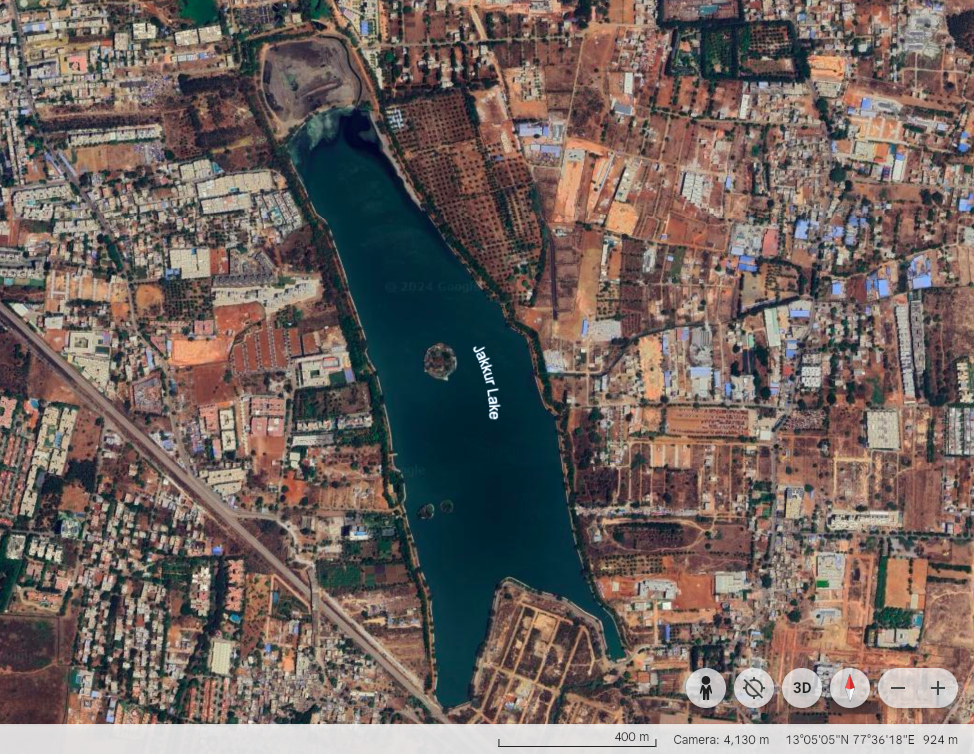
- Problem: Constructed over 200 years ago, Jakkur Lake has become a dumping ground for sewage and garbage in recent decades, mirroring the widespread degradation of lakes across Bengaluru.
- Methods Implemented:
- Fencing to prevent encroachment and illegal dumping.
- De-weeding to control invasive plant species.
- Dredging to enhance water capacity.
- Creation of bird islands to foster local biodiversity.
- Establishment of a 7-acre constructed wetland with native wetland species, such as vetiver, water hyacinth, typha, and alligator weed, to aid in phytoremediation.
- Installation of a 15 MLD tertiary treatment sewage treatment plant (STP) to treat water before it enters the lake, ensuring compliance with legal standards.
- Results:
- Effective nutrient removal from the water.
- Increased algal diversity within the lake.
- New livelihood opportunities for local fishermen.
- Approximately 100,000 liters per day drawn from a nearby step well for agricultural purposes.
- Increased presence of local and migratory bird species.
Lake Parkinson, Auckland, New Zealand
Location- 37°18’53.3″S 174°41’04.5″E
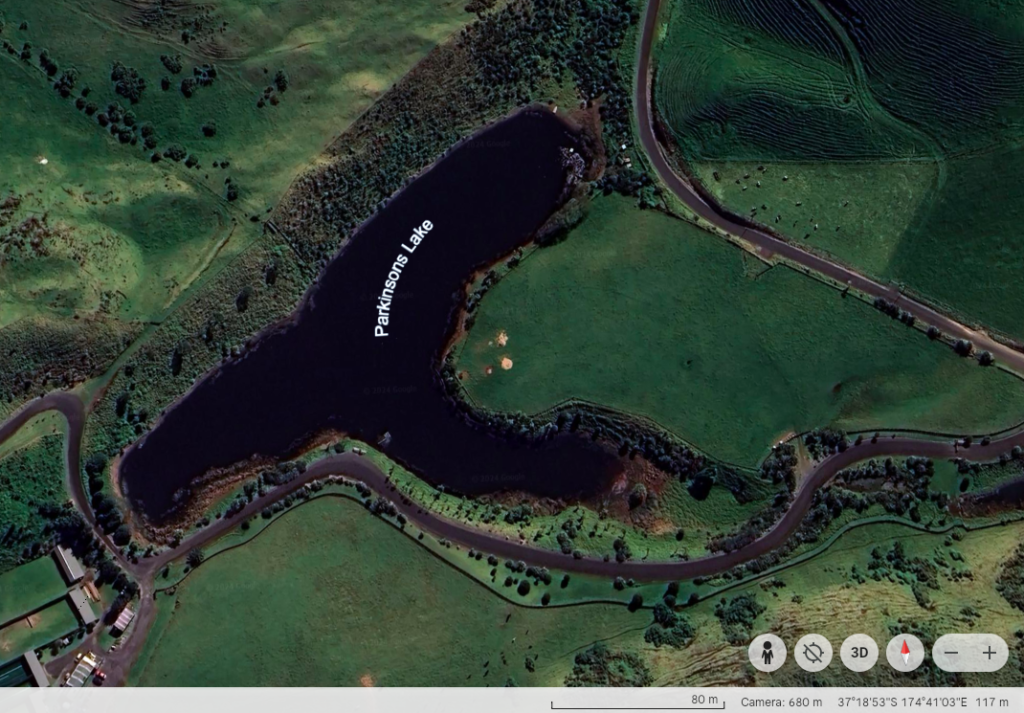
- Problem:
- Eutrophication caused by cattle access, increasing nutrient loading.
- Invasion by exotic macrophyte Egeria densa, which replaced native vegetation and restricted water circulation.
- Introduction of exotic fish species (rudd and tench) that disrupted the native fishery, impacting trout growth and survival.
- Methods Implemented:
- Biomanipulation:
- Introduction of grass carp to eliminate Egeria densa.
- Removal of all fish to eliminate invasive species, allowing natural ecosystem regeneration.
- Restocking of desirable fish species, including native common bullies and rainbow trout, to restore the fishery.
- Biomanipulation:
- Results:
- Successful eradication of Egeria densa and return of native aquatic vegetation from seed banks.
- Improved water clarity and ecosystem health, as planktivorous fish removal allowed zooplankton to better control phytoplankton.
- Restoration of a thriving trout fishery, with rainbow trout growth rates exceeding those recorded in 1976, making the lake a popular put-and-take fishery.
Lake Kezar, New Hampshire, United States
Location- 43°21’44.8″N 71°56’52.7″W
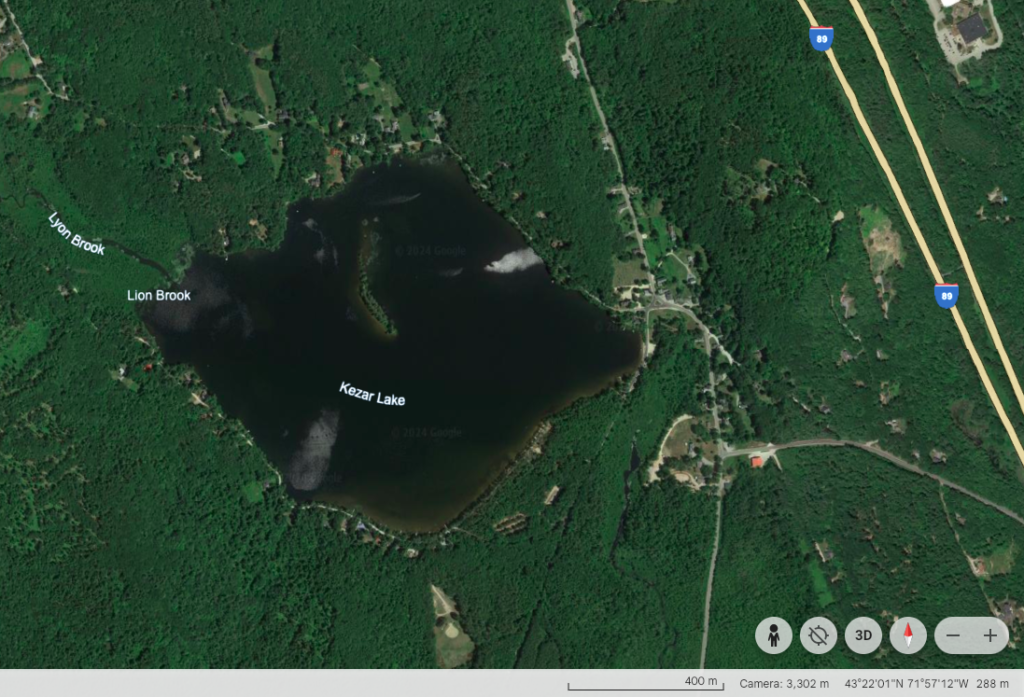
- Problem:
- Persistent algae blooms since the early 1960s.
- Major fish kills and declining water quality.
- High phosphorus levels due to internal loading from contaminated sediments.
- External phosphorus input from a decommissioned sewage treatment facility (until 1981) and land-use changes.
- Methods Implemented:
- Aluminium Salt Injection: Applied to the hypolimnion to inactivate phosphorus in lake sediments, reducing phosphorus availability for algae growth.
- Wetlands Management: Manipulated Chadwick Meadows (upstream riparian wetlands) by raising water levels and planting wild rice to enhance phosphorus removal through sedimentation and vegetative uptake.
- Results:
- Improved water quality, with decreased phosphorus levels leading to reduced algae blooms and enhanced water clarity.
- Increased recreational use, with a notable rise in lake visitors and activities at Wadleigh State Park.
- Temporary setbacks in some years (1988, 1993) due to high precipitation, but overall long-term improvement in water quality.
Conclusion: Moving from Restoration to Sustainability
Lake restoration is a journey, not a one-time project. Restoring a lake’s beauty and functionality requires continuous maintenance and community engagement. Just like caring for a garden, lakes need year-round attention to keep them healthy and resilient. By adopting a blend of restoration techniques tailored to each lake’s needs and a long-term plan for maintenance, we can bring these vital ecosystems back to life.
Whether it’s through supporting local lake-cleaning initiatives, advocating for better sewage treatment facilities, or even joining a bird-watching group, there are ways each of us can contribute to the revival of Bengaluru’s lakes. The path from murky depths to clear horizons may be long, but it is both achievable and essential.
For those who wish to explore these topics in greater depth, I encourage you to use the references provided at the end of this blog post. These resources offer more detailed explanations on restoration techniques, case studies, and frameworks that can deepen your understanding of lake conservation efforts. Together, by learning and taking action, we can ensure that our lakes continue to thrive for generations to come.
References Links
- https://www.researchgate.net/publication/343054468_EFFICACY_OF_REJUVENATION_OF_LAKES_IN_BENGALURU_INDIA ↩︎
- https://cleanbangalore.com/explore-issues/lake-encroachment/#:~:text=Of%20the%20total%201%2C547%20lakes,both%20government%20and%20private%20agencies. ↩︎
- https://newsable.asianetnews.com/karnataka-news/real-estate-developers-bbmp-officials-accused-of-involvement-in-encroaching-yelenahalli-lake-in-bengaluru-vkp-s8dtoh ↩︎
- https://www.thehindu.com/news/cities/bangalore/bengaluru-most-vulnerable-to-urban-flooding-imd-data/article67878838.ece ↩︎
- https://neoakruthi.com/blog/biological-treatment-of-wastewater.html ↩︎
- https://basicwaterscience.com/physical-water-quality-parameters/water-sediment-and-particulates/lake-sediments/ ↩︎
- https://www.researchgate.net/publication/369407375_Photocatalytic_Dye_Degradation_Using_Green_Polymer-Based_Nanostructures_Principles_and_applications_in_wastewater_treatment ↩︎
- https://www.faunajournal.com/archives/2020/vol7issue6/PartA/7-5-7-431.pdf ↩︎
Further Reading
- https://sifisheriessciences.com/journal/index.php/journal/article/download/2038/2101/3983
- https://idd.karnataka.gov.in/storage/pdf-files/22.Prefea_lake_cons.pdf
- https://reasonstobecheerful.world/bengaluru-india-city-of-lakes-revival/
- https://niua.in/csc/assets/pdf/water/CS5.pdf
- https://www.doc.govt.nz/documents/science-and-technical/aqua5.pdf
- https://19january2017snapshot.epa.gov/lakes/watershed-protection-clean-lakes-case-study-phosphorus-inactivation-and-wetland-manipulation